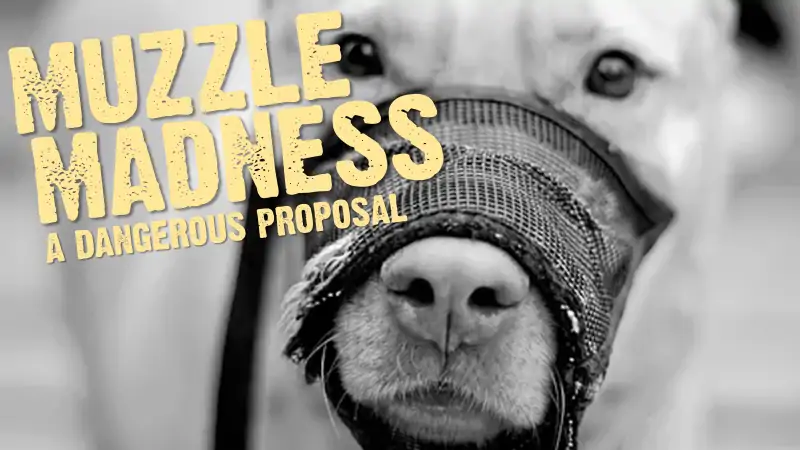Learn how to tap into your dog’s elementary den instincts, and make her more obedient—naturally.
Like their ancestors, dogs are born, nurse, and later eat solid foods in a good enclosed area (called a den in the wild), and therefore tend to accept being confined to a crate when necessary. Teaching your dog that her crate is a safe site, and helping her make happy associations with it, can help you and your home survive behavior problems such as housebreaking and adolescent chewing.
Having said that, a crate should only be used along with proper training, exercise, and socialization. With a few basic guidelines, you can use it as a valuable tool in a variety of situations.
Crate Expectations
Whatever the age of your dog, it’s important to present her to the crate gradually. Here’s how to make a good start.
* Put the crate in an area of your home wherever you or others will be around. You may want to keep the crate in the kitchen during the day and your bedroom at night. To make your dog’s first experiences with the crate as pleasant as imaginable, put a soft blanket or towel (preferable one that smell like you) on the floor of the crate. Then throw a toy and some foods treats inside.
* Do not use force to make your dog go into the crate. Instead, let her seek and find the goodies. When she enters the cage, praise her, and let her come and go as she pleases. Play this game for several minutes. If your Boston Terrier takes to this game, close the door for a few seconds after she goes in. Increase the amount of time that the door is closed, but stay close to the crate while you offer praise and treats as this is one way of crate training Boston Terriers effectively.
* Now that you’ve familiarized her with the crate concept, gradually get her used to being in the cage for longer period of time. Start feeding your dog her meals in the crate with the door closed. Leave the room while your dog is eating and then when she is just resting. When your dog shows no opposition, leave the house: First, go out for only 5 minutes, gradually increase your time away to 30 minutes. If your dog can stay in the crate for half an hour without getting agitated, she should be comfortable for hours.
* Don’t overdo it. Try to use the crate for short times, both when you’re home and when you’re out. You shouldn’t confine your dog for more than 4 hours at a time and for no longer than a sum of 10 hours in any given day. Always give your Boston Terriers a special treat when you crate her. And remember, crated dogs need exercise and playtime too.
Enter your email and never miss out on receiving our best articles:





